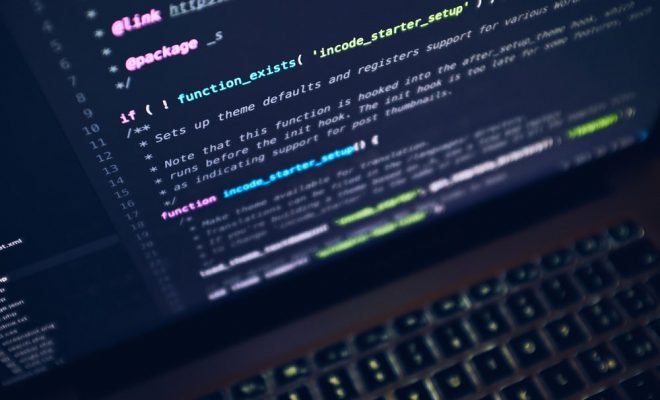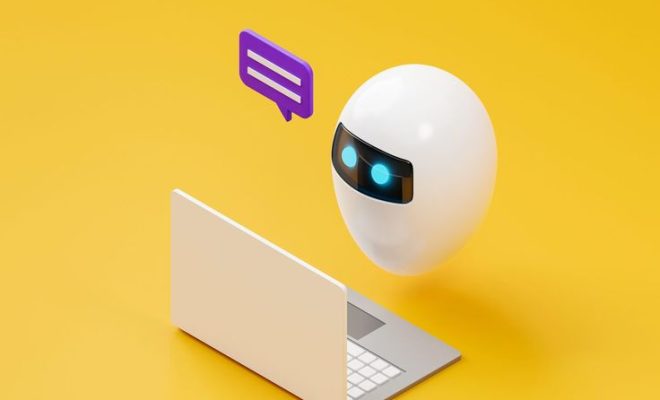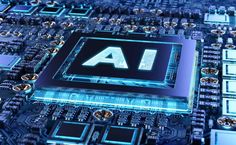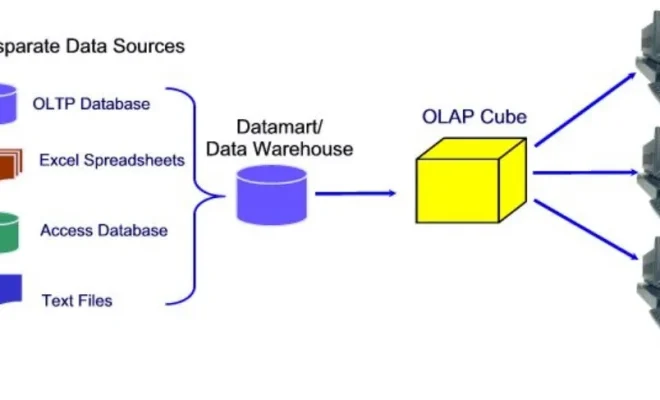How Teachers Use Machine Learning to Add Instructional Value

We live in a world where value-added products and services affect our purchasing decisions. Most consumers want to know they are getting the most for their time and effort.
The same is true in education. Parents clamor over placing their children in value-added classrooms. They want to know that their child is getting the best education possible.
Value-added modeling has been a part of teacher performance reviews for years. It’s often met with resistance because of bias, especially because of the way in which value is determined. But the fact is that parents seek academic value for their children. They should; academic growth matters.
The difficulty lies in providing value-added instruction for every child in the classroom. The only way to provide the rich quality of instruction that parents expect and students deserve is through machine learning.
Machine learning in the classroom adds value to the overall quality of instruction. It adds this value in two ways.
Personalized academic help
Your child’s school has armed its teachers with two important tools: a curriculum and a timeline. The goal is to instruct every child, providing at least one year of academic value for each child, regardless of where they are in the learning continuum. Teachers have nine or ten months to make it happen.
To do this, the teacher must customize lessons for every child in the classroom, including yours. The only way to scale such personalized instruction is through machine learning.
Instructional programs that can adjust on their own in response to student needs are adaptive. They are already in place in many schools. Assignments increase in rigor as students move forward in the curriculum. Lessons become recursive if students need additional teaching. You may be surprised to know that machine learning even grades papers, including the composition your child wrote.
Machine learning makes determinations about instruction and grading on its own. It allows the teacher to evaluate data analytics – the information every student produces about his or her learning progression.
Advanced behavior analysis
As students engage in simulated learning and gamification, machine learning develops analytics that determine how behavior affects learning. Game analytics predict how time on task, answer validations, and even at-risk indicators can affect value outcomes.
Universities like Georgia State and Southern Connecticut State have been using machine learning analytics regarding behavior. The data tells them when to intervene before their students become dropouts. As a result, matriculation has increased and grades have improved.
What AI won’t do for your child
You may be wondering what the teacher does if machine learning is instructing, grading, adjusting, and monitoring. Teachers make any final decisions regarding instruction, behavior, or other support their students need.
The teacher is the human element in the classroom. This adult serves as your child’s cheerleader, role model, caretaker, inspiration, and empath. Teachers coach, guide, encourage and validate. Machine learning cannot do those things.
Teachers add value to the academic experience in ways that artificial intelligence will never be able to do.






